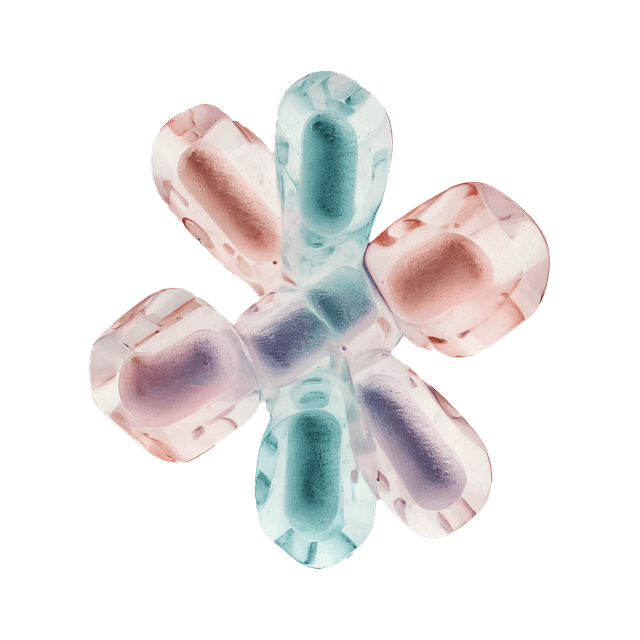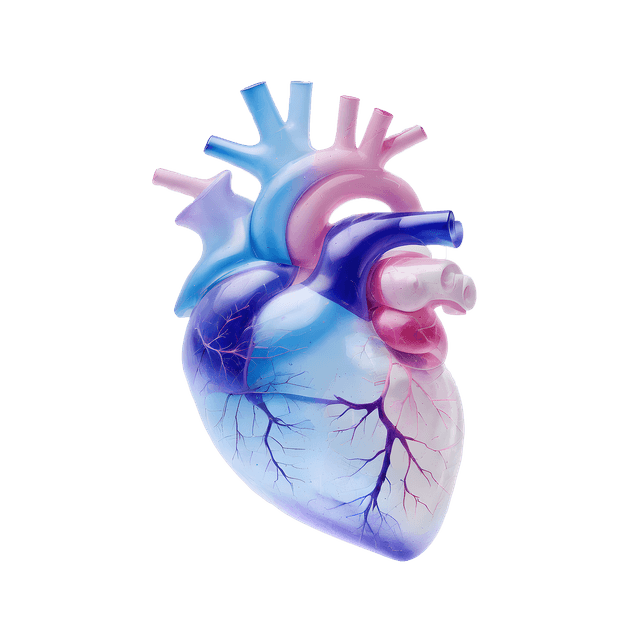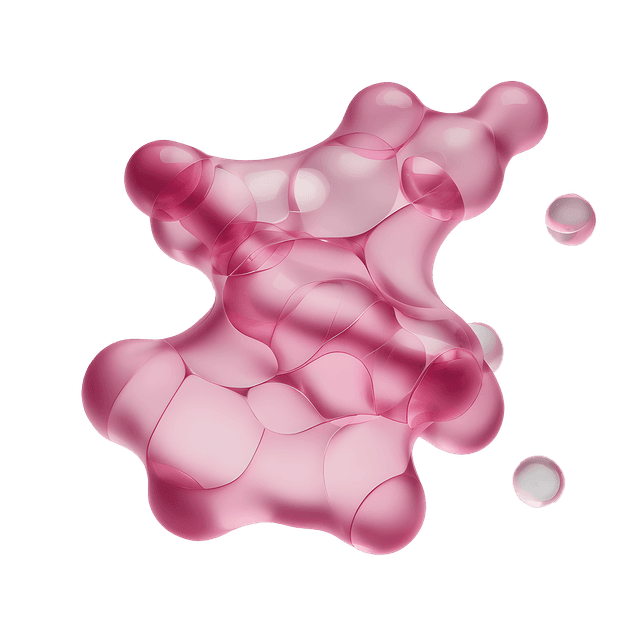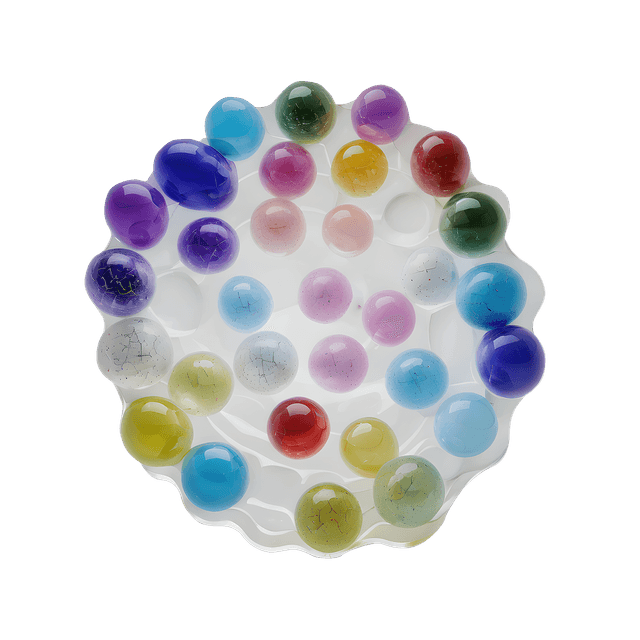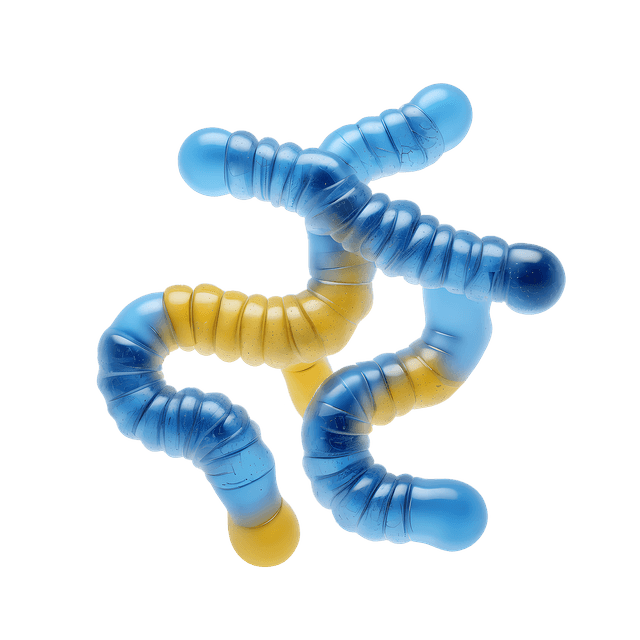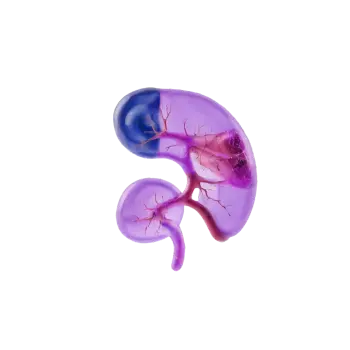Nephrotic syndrome is a condition that affects the kidneys and is characterized by large amounts of protein leaking into the urine. This leads to fluid retention (edema), swelling, fatigue and sometimes weight gain. In this article, we will review what nephrotic syndrome is, what symptoms may occur, the causes of the condition, how it is diagnosed and what treatment options are available.
What is nephrotic syndrome?
Nephrotic syndrome means that the small filtering units in the kidneys, called glomeruli, have been damaged. This causes the body to lose important proteins through the urine (proteinuria), which affects the body's fluid balance and immune system. The condition can occur at any age but is most common in children (especially "minimal change disease") and in adults with underlying diseases such as diabetes or autoimmune diseases.
Common symptoms of nephrotic syndrome
- Swelling (edema) – especially around the eyes in the morning, but also in the legs, feet, ankles and abdomen.
- Foamy urine – a sign of high levels of protein in the urine.
- Fatigue and lack of energy – due to the body losing important proteins.
- Weight gain – due to fluid retention, not fat.
- Loss of appetite and nausea.
- Increased susceptibility to infection – as immunoglobulins can be lost through the urine.
- Increased risk of blood clots – due to an imbalance in the blood’s coagulation system.
What causes nephrotic syndrome?
There are mainly two main categories:
1. Primary causes (direct disease of the kidneys):
- Minimal change disease (MCD) – most common in children.
- Focal segmental glomerulosclerosis (FSGS) – often affects young adults.
- Membranous nephropathy – autoimmune disease, more common in adults.
2. Secondary causes (a consequence of another disease or influence):
- Diabetes – most common cause in the Western world.
- Systemic diseases, e.g. SLE (lupus), vasculitic diseases.
- Infections – e.g. hepatitis B/C, HIV.
- Drugs – such as NSAIDs or certain antibiotics.
- Amyloidosis and certain cancers.
How is the diagnosis made?
The diagnosis is based on symptoms in combination with both urine and blood tests and sometimes also through kidney biopsy.
Initial investigation in case of suspicion of nephrotic syndrome:
Blood tests in the investigation of nephrotic syndrome- S-Albumin – low value indicates protein loss.
- S-creatinine and S-urea – to assess kidney function.
- Total cholesterol and triglycerides – often elevated in the condition.
- Serological antibodies:
- ANA and anti-dsDNA – to detect autoimmune diseases such as SLE.
- ANCA and anti-MPO – in case of suspicion of vasculitis.
- Urine dipstick – shows the presence of protein.
- U-albumin/creatinine ratio or 24-hour urine collection – quantifies protein loss.
- U-electrophoresis and S-electrophoresis – to detect monoclonal proteins (e.g. in amyloidosis or myeloma).
If the cause is unclear or serious kidney disease is suspected, a kidney biopsy is often performed to analyze the kidney tissue.
Treatment of nephrotic syndrome
The treatment is adapted to the underlying cause, but aims to:
- Reduce protein leakage
- Prevent swelling
- Protect kidney function
- Prevent complications such as blood clots and infections
Common forms of treatment for nephrotic syndrome
- ACE inhibitors or ARBs – drugs that lower blood pressure and reduce proteinuria.
- Diuretics (water pills) – used to reduce edema.
- Statins – to lower blood lipids.
- Blood thinners – may be needed if the risk of thrombosis is increased.
Immunosuppressive treatment
If nephrotic syndrome is caused by an immunological disease, cortisone (prednisolone) and other immunosuppressive drugs (e.g. cyclosporine, rituximab, cyclophosphamide) may be considered.
Prognosis
The prognosis depends on the underlying diagnosis and how quickly treatment is initiated. Many children with minimal change disease recover completely, while some adults with, for example, FSGS or diabetes-related kidney damage can have a chronic course with a risk of kidney failure. Early detection, careful investigation and correct treatment are crucial to slow the progression of the disease and reduce the risk of serious complications.


